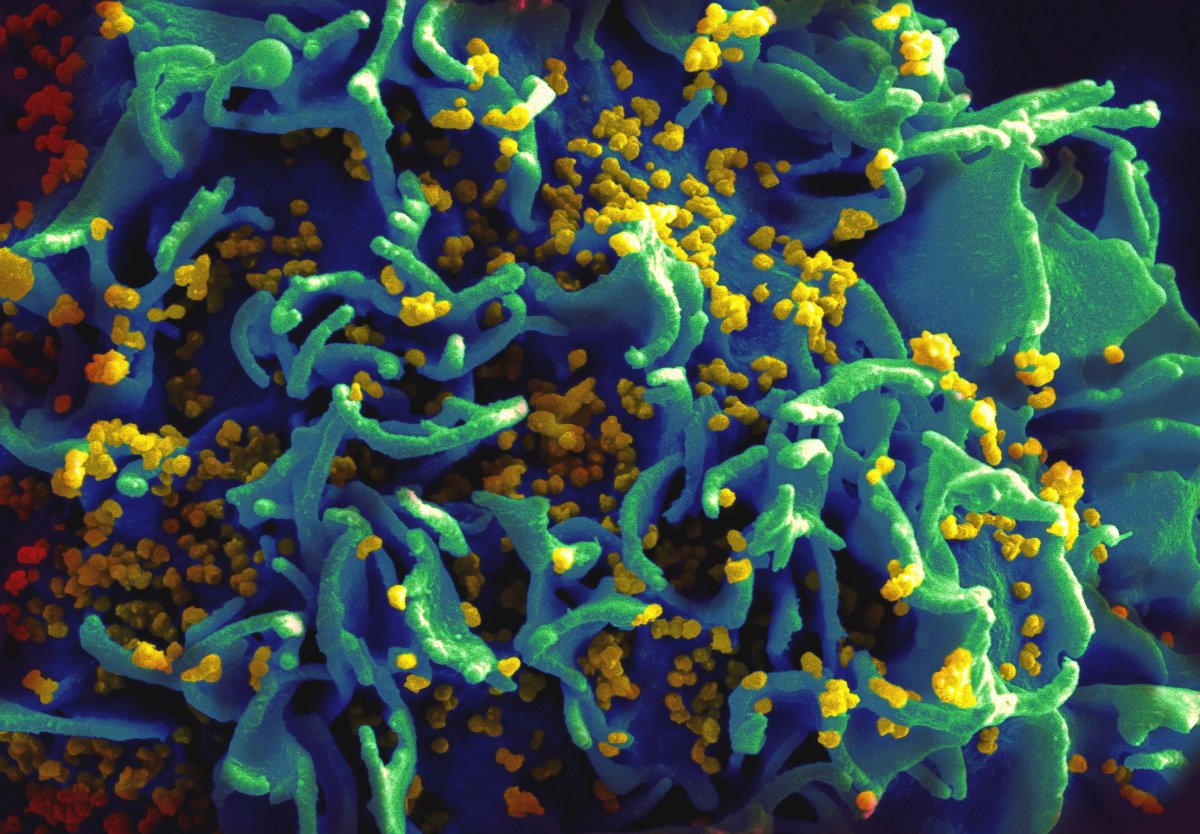A major development has been announced in the fight against HIV by Western University researchers who say they have found a way to “shock” out of dormancy the portions of virus that can hide away in blood cells, invisible to the immune system and treatment.

The hope, researchers say, is that the findings, published recently in the journal eBioMedicine, will lead to targeted cure strategies and treatments for the virus, which claims the lives of 1.8 million people every year.
One of the major challenges facing HIV researchers in curing the virus is that it forms a “latent HIV reservoir” using white blood cells it’s infected, the very cells designed to kill it and control infection.
Instead of using the cells’ machinery to multiply and spread itself through the body, the virus hides dormant inside the infected cells, which go into a latent state and don’t produce new HIV, making the virus essentially invisible to the immune system and to treatments.
Although HIV treatment regimens can reduce the level of HIV in the blood to a point where it can’t be detected, the hiding virus remains in the reservoirs, and can reemerge rapidly if those treatments are stopped. Some of the virus continues to stay dormant in the cells.
“Antiretroviral therapies work by disrupting various aspects of the replication cycle of HIV. If the virus is not replicating, the drugs can’t have an effect on it,” said Dr. Jamie Mann, who was involved in the study while at Western’s Schulich School of Medicine and Dentistry but now lectures at Bristol University in the U.K.
“By reactivating the virus, we can either inhibit it through antiretroviral therapy or it can be targeted by the body’s immune response,” Mann said in a statement.
The hardest thing, according to the study’s lead researcher, Dr. Eric Arts, has been reactivating the virus and getting it out of dormancy to begin with.
“I liken it to… a couple of things. One is… a needle in the haystack scenario. You can smash it really hard with something heavy and affect everything in the body just to get a few remaining viruses out. That’s like a chemotherapeutic type of approach, which can be very toxic,” said Arts, a professor at Schulich.
“And the patients are doing actually quite well if they stay on their drugs. So that’s not a situation that most are in favour of. Our approach is more targeted.”
That approach, which uses a virus-like particle formulation called an activator vector (ACT-VEC), has been found to be successful in targeting and reactivating the dormant viruses and bringing them out of hiding where they can be killed. The strategy: “shock and kill.”
The team used cell samples from individuals who are HIV-positive and receiving early treatment for the study, which also included researchers from Case Western Reserve University in Cleveland and Imperial College in the U.K., where the patient samples were sourced.
Arts said the ACT-VEC formulation uses a dead version of the virus to activate the white blood cells that have been infected.
“In order to wake up those cells, you would basically add HIV again to patients that are on treatment, so the immune system wakes up and says, ‘Hey, we’ve got this foreign guy in our body again. We have to start attacking it,'” he said.
“Which is good, because it’s an immune response. But in that activation to attack the foreign, dead virus that we’re giving, it actually also wakes up the virus that happens to be in those cells at a very small level.”
Arts said the researchers hope to begin clinical trials “within a year or so,” first to test the safety of the approach, and then to determine if patients could go off HIV treatment and live HIV-free.
He added that they still had to find the right way to administer the treatment effectively. A patent has also been issued for the potential therapeutic.
While effectively a cure, Arts said he likened it more to remission with cancer.
“A patient may be HIV-free for several years, and if the virus ever comes back, you can repeat the treatments with anti-HIV drugs and treat them again with this cure-based strategy,” he said.
“I don’t know what will happen in patients one or the other, that they would be completely cured or that they would enter remission, but the goal is to be able to use this around the world.”
About 38 million people around the world have HIV. Eighty-one per cent are aware that they have it.
— With files from Marilynn Marchione of The Associated Press








Comments